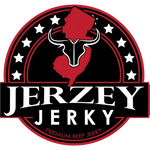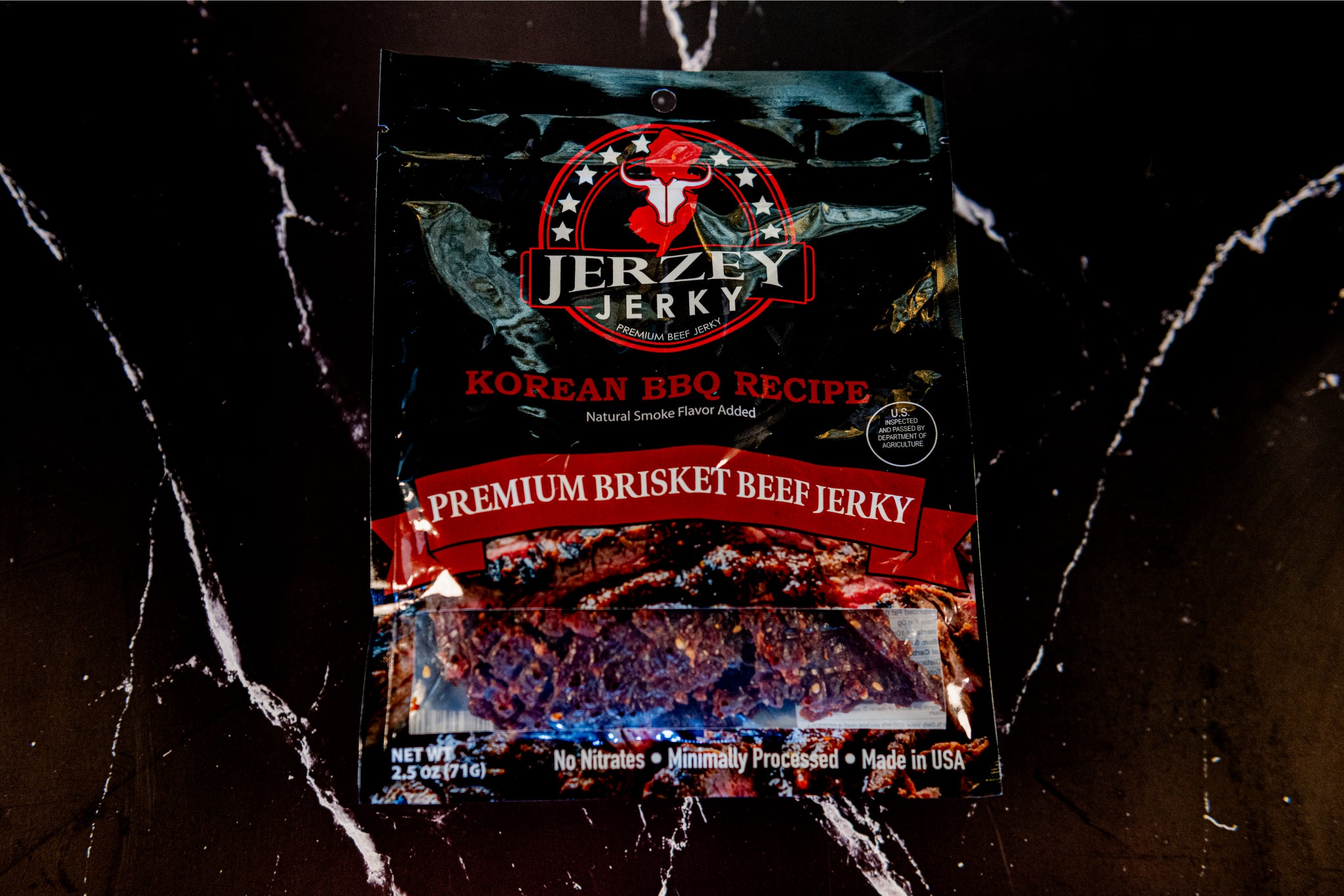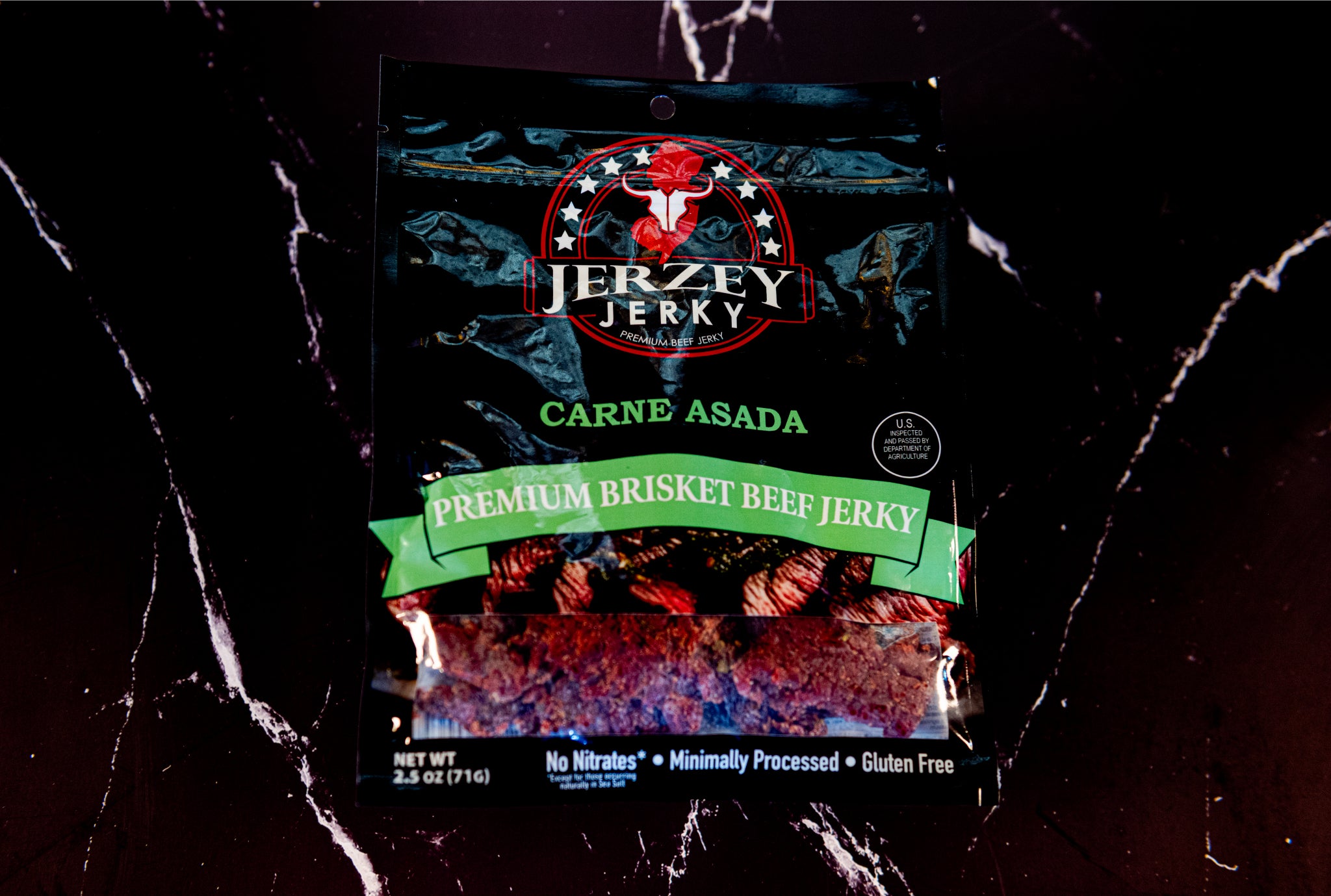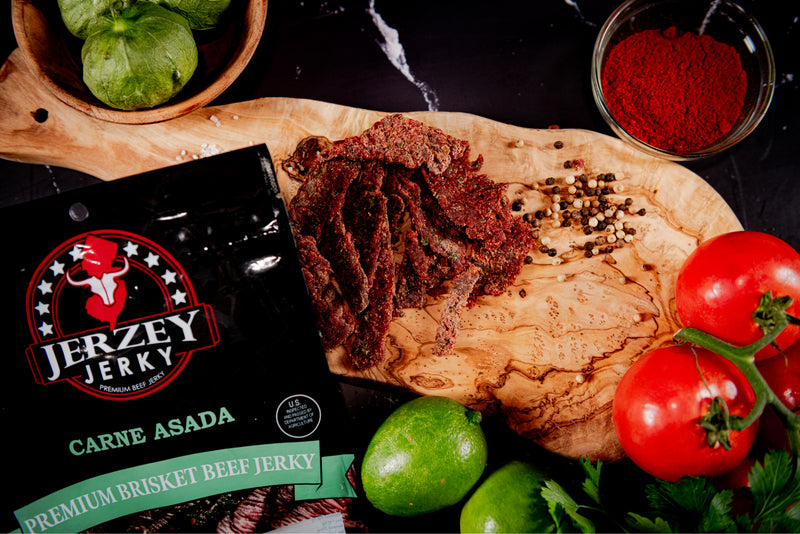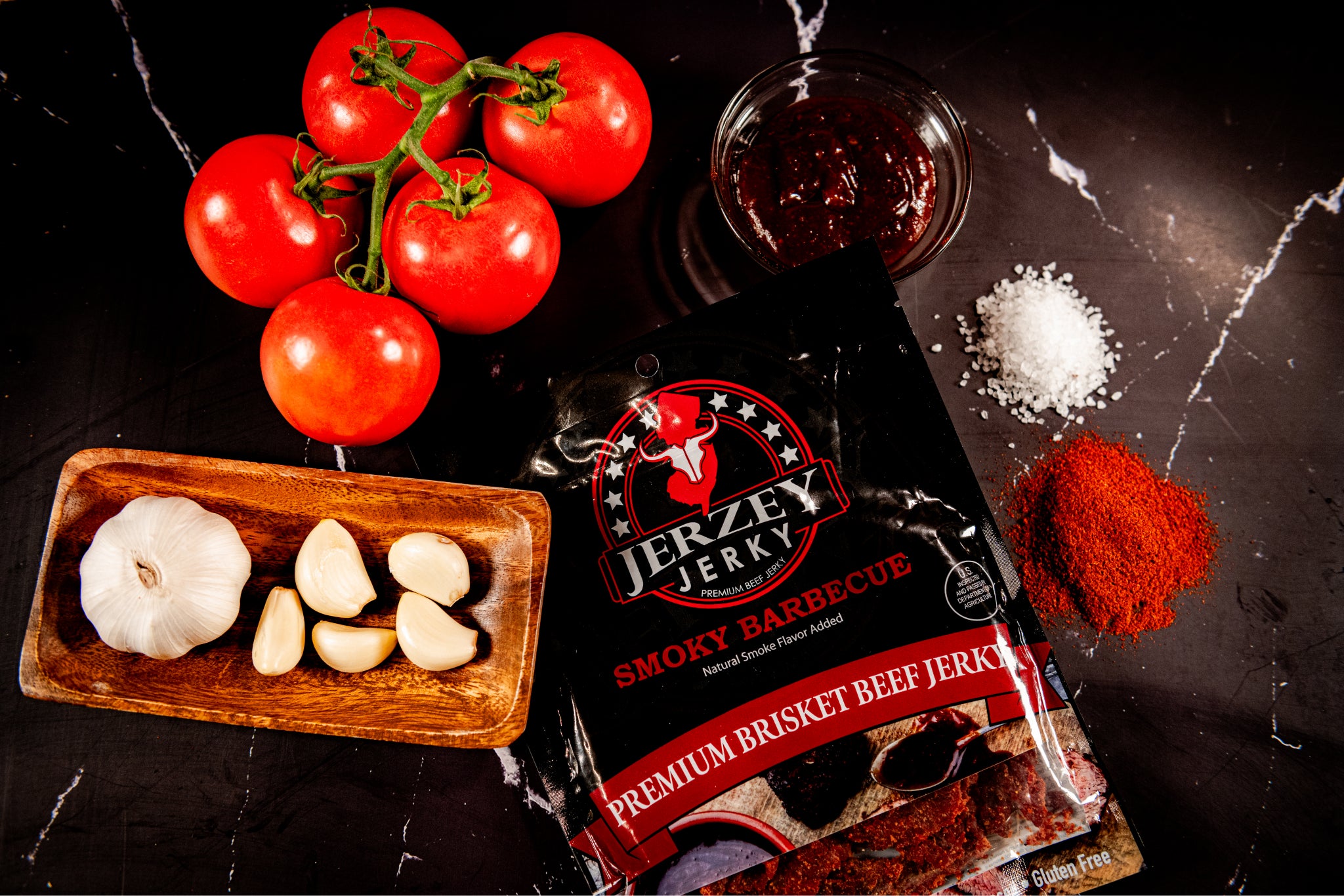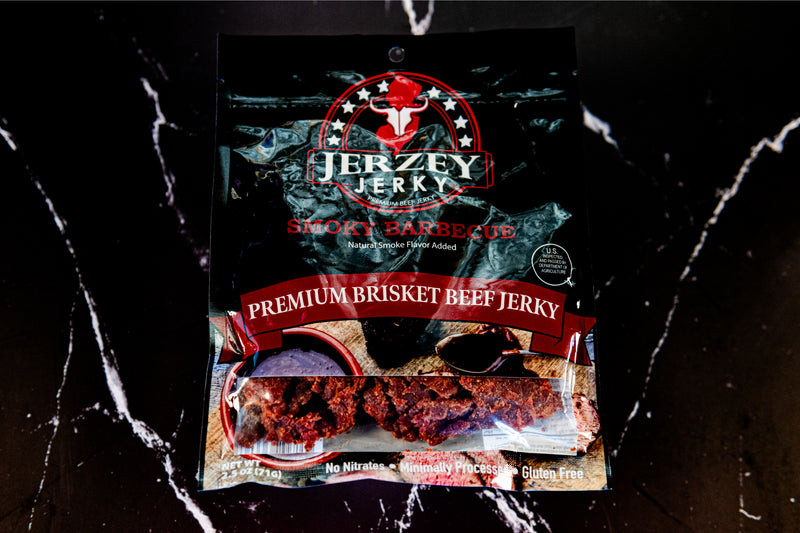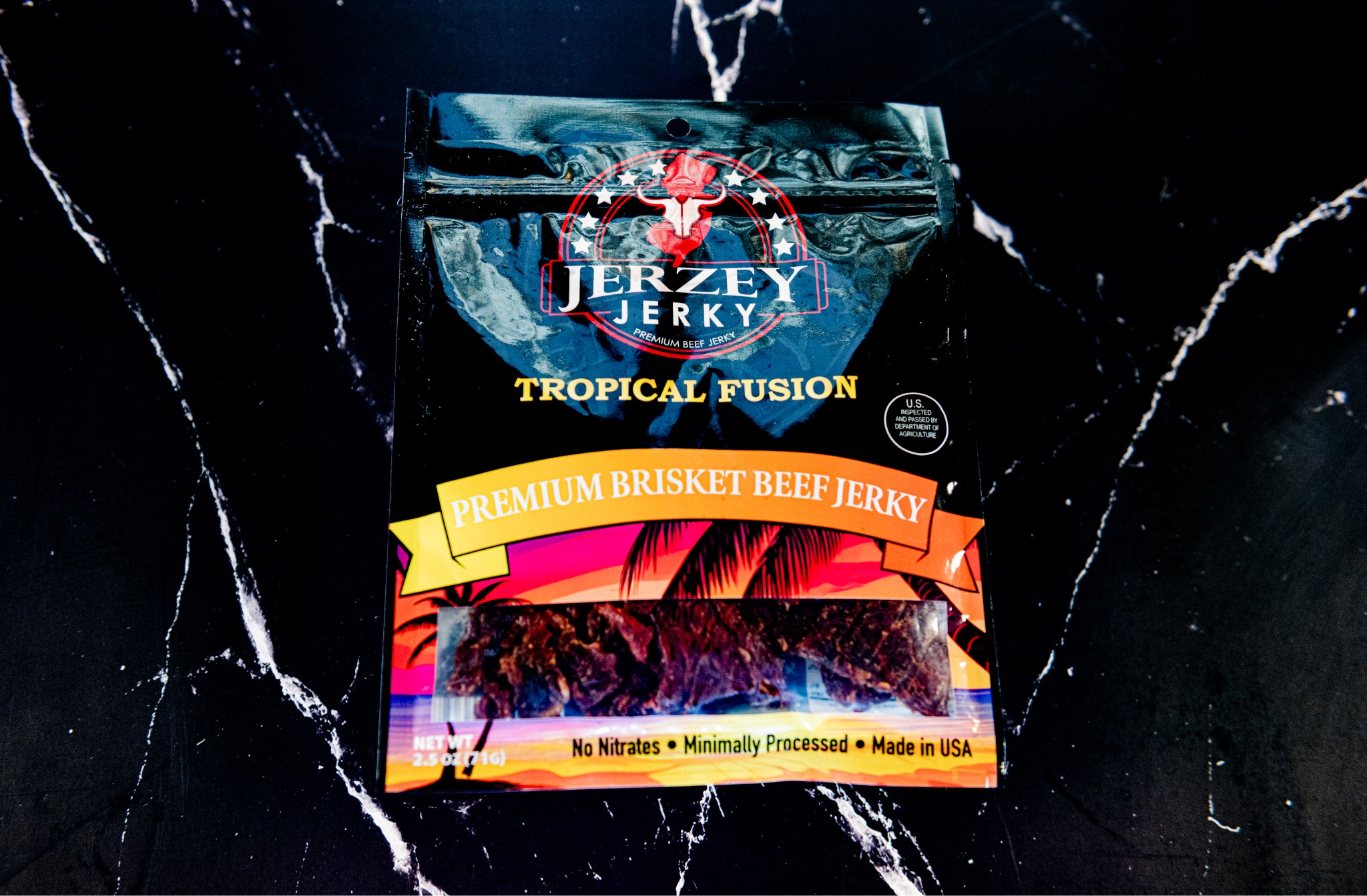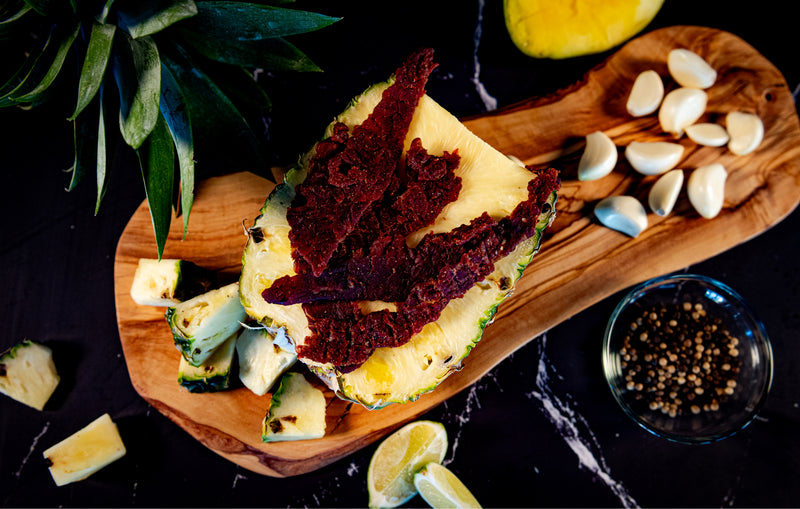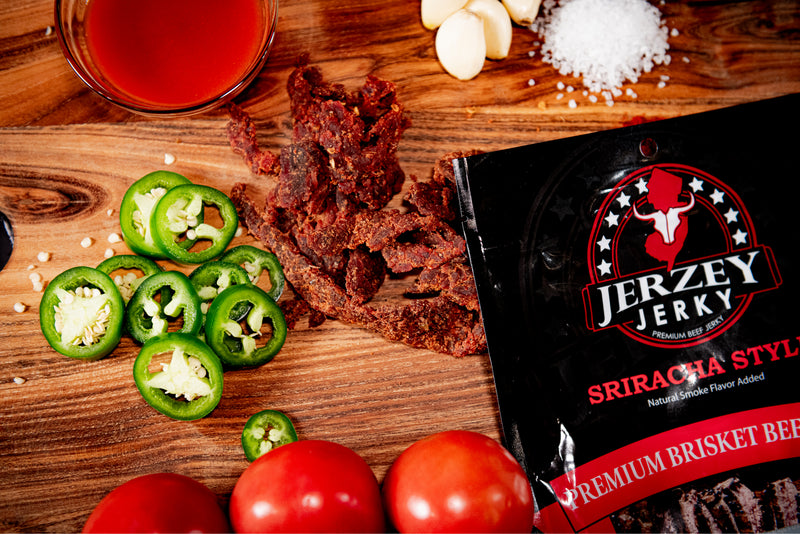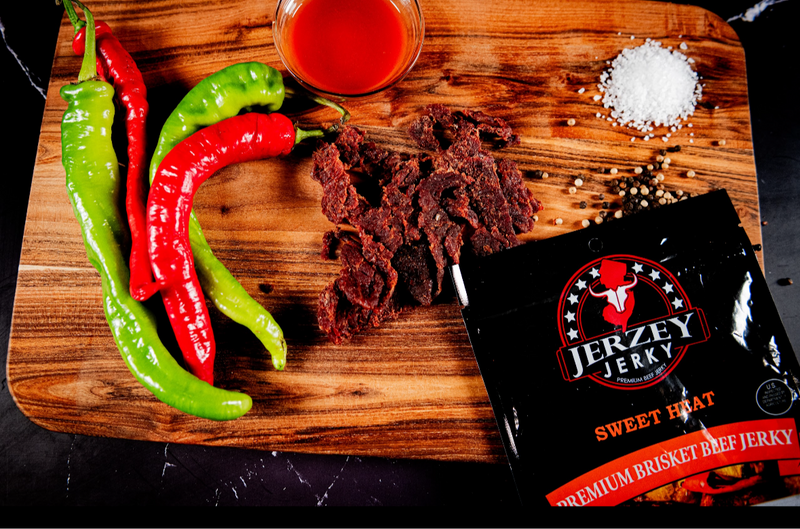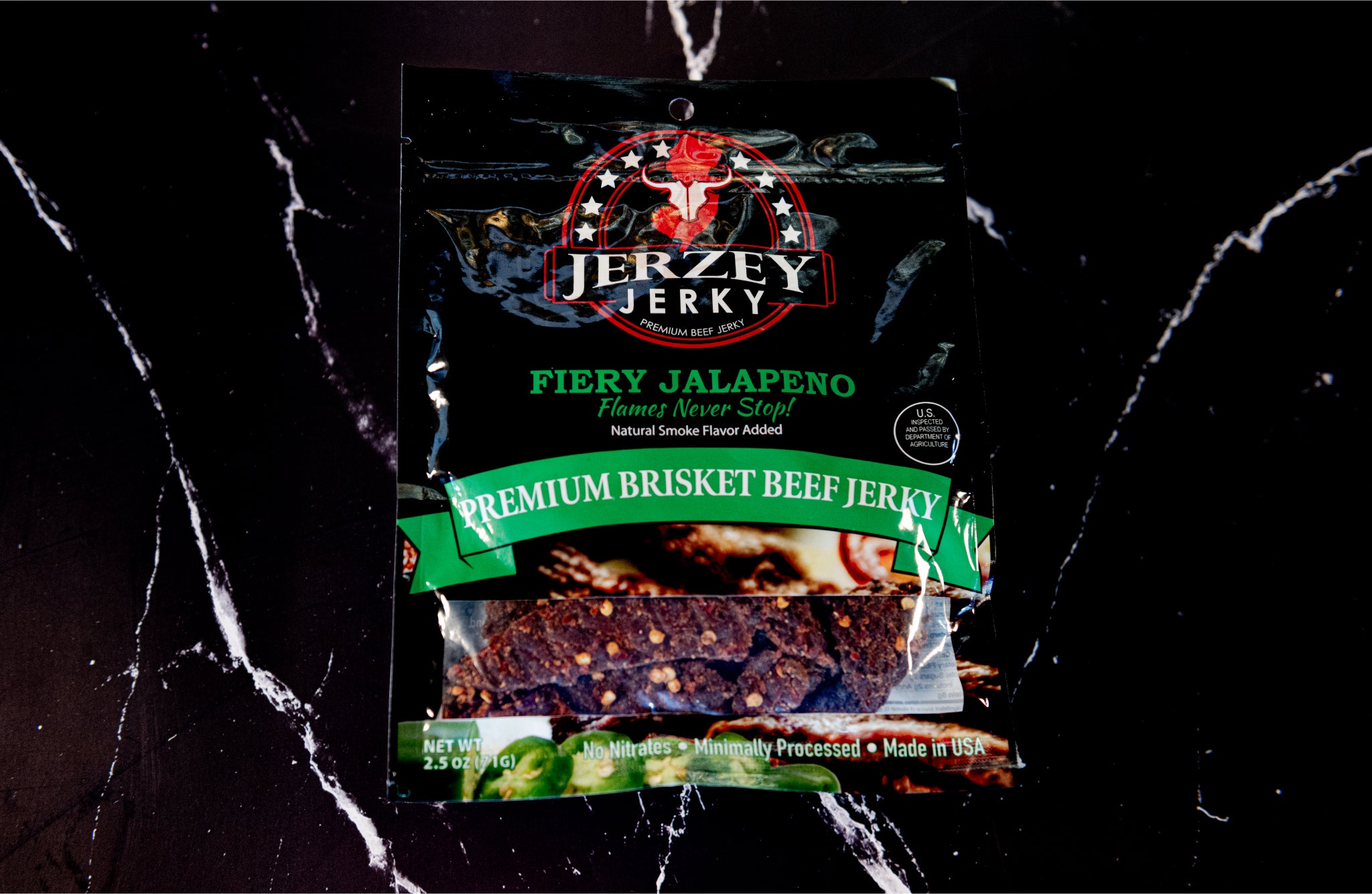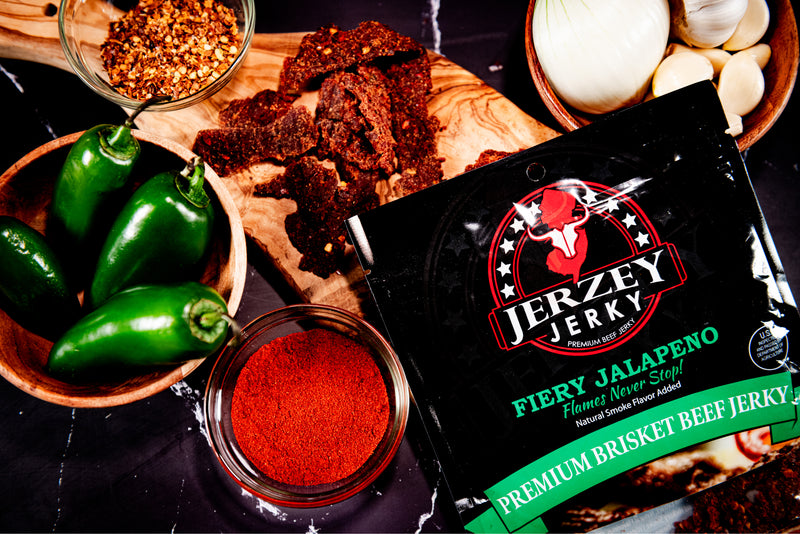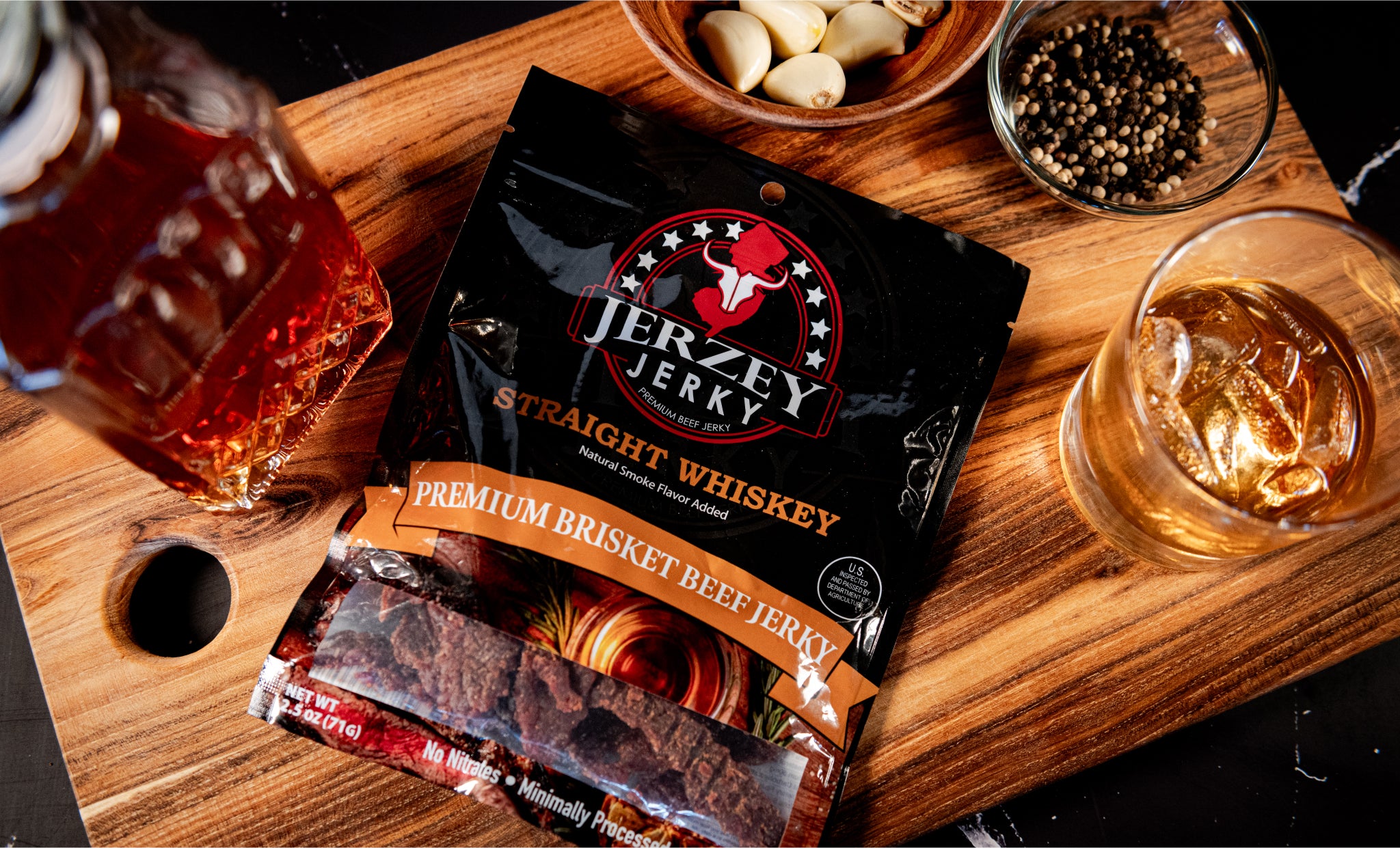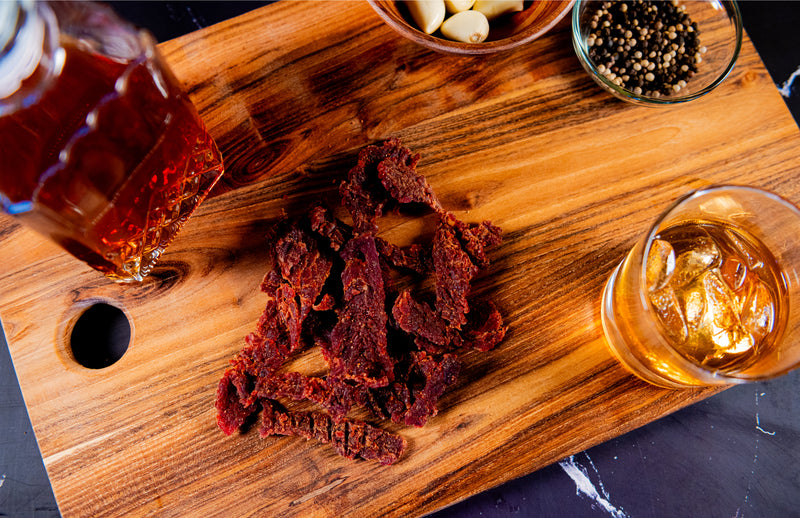
Grilled Beef: Flavor, Techniques & Cooking Guide
Grilled Beef is used to cook at high and direct heat on a grill, which produces a smoky flavor and caramelized, seared crust. It results in juicy and tender beef. This method is different from barbecuing, in which the beef/meat is on indirect and slow heat. Gas, charcoal, or wood is used as a fire source for a charred and smoky flavor. This technique is most commonly used in cookouts and restaurants worldwide.
What is the Nutritional Value of Grilled Beef?
- Calories: It varies by the type of cut. Lean cuts are obtained from more active parts of the animals, having less amount of total calories. A 100-gram serving of grilled beef contains 150-200 calories. Fattier cuts contain approximately 230 to 290 calories per 100 grams.
- Protein: Grilled beef is an efficient protein source. It provides all nine essential amino acids required for the body’s healthy functioning. Lean cuts of beef provide 22-35 grams of protein per 100 grams of beef, which supports muscle repair and growth.
- Fat Content: It depends on the trimming and marbling of the cut. A trimmed cut is much leaner than the ribeye. Lean cut of the beef contains saturated and unsaturated fat. The primary form of unsaturated fat, oleic acid, is beneficial for health.
- Vitamins & Minerals: The iron in grilled beef is useful for red blood cell formation and oxygen transport, while zinc supports growth, the immune system, and wound healing. It’s an abundant source of vitamins B, like niacin, B6, riboflavin, and B12. These vitamins are crucial for nervous system function and energy metabolism.
- Health Aspects: Grilled beef is a good source of protein and other nutrients, which are difficult to obtain for many populations. Along with its benefits, there are also health risks due to its saturated fat content, which leads to cancer and heart disease. A lean cut of beef, trimmed properly, and paired with vegetables enhances the health profile.
Shop the best-selling Teriyaki Beef Jerky - Brisket & Korean BBQ Beef Jerky - Brisket !
What are the Characteristics of Grilled Beef?
These are the four characteristics of grilled beef:
- Flavor: Grilled beef is prepared on high heat, which activates the Millard reaction. In this reaction, amino acids and sugar react to create a flavorful brown crust. It produces a savory and roasted flavor. Charcoal is used to create a smoky flavor due to its release of aromatic compounds that infuse into the beef. The final flavor is enhanced using any seasoning, like salt or pepper.
- Texture: It ranges from crispy edges to juicy and tender inside due to the direct heating process. In the well-marbled cuts, the intramuscular fat makes the beef tender and provides a melt-in-the-mouth feel.
- Appearance: The exterior surface of grilled beef is marked with dark grill marks. The brown shade on the surface signals that the beef is cooked properly. The interior color of the beef varies but clearly indicates doneness. A rare steak looks cool red, while a well-done steak looks dark brown.
- Aroma: The Maillard reaction creates a complex aromatic scent, including pyrazines. It has an intense, roasted, and beefy smell which feels rich and pleasant. When fat melts, it releases flavorful aromatic compounds into the air. This is enhanced using herbs or marinades during cooking.
How to Identify Good Beef for Grilling?
Check out these four characteristics to identify good beef for grilling:
- Cut Type: The cut type depends on the choice as well as on the budget. Ribs and short loin cuts offer the best combination of tenderness and flavor. Filet mignon (tenderloin) is a tender cut, but it contains low marbling and a milder flavor.
- Marbling: Marbling is about streaks of intermuscular fat running throughout the beef. When heated, the marbling metals make the beef interior juicy and flavorful. Avoid beef with large clumps of white steaks, as they cause flare-ups and create gaps in the finished steak.
- Freshness: Bright, red colors indicate the beef is fresh, while the dark brown color shows that the beef is too old or improperly stored. A darker color also appears when beef is deprived of oxygen in a vacuum-sealed bag. High-quality beef offers a clean and metallic scent.
- Thickness: The fattiness of the beef affects how it cooks. An ideal steak is 1–1.5 inches thick for premium grilling cuts like ribeye. Naturally thin cuts, such as skirt and flank steaks, need to be cooked quickly to prevent toughness. Thicker than 2 inches, steaks are difficult to cook evenly. The reverse sear technique is used to cook them to a perfect medium-rare center.
What are the Best Cuts of Beef for Grilling?
Here are the five best cuts of beef listed for grilling:
- Ribeye: It's best for those who love extreme juiciness and rich flavor. It is cut frm the rib section and contains heavy marbling. Ribeye is cooked both boneless and bone-in and is a perennial steakhouse favorite.
- Sirloin: It comes from the back portion and is an affordable choice. It contains less fat than ribeye but still has good flavor and tender texture. Sirloin is marinated for 30 minutes before cooking to increase its tenderness.
- Flank: These cuts are best for quick grilling, marinades, and slicing for sandwiches. It is obtained from the abdominal muscles, which makes it less tender than ribeye and sirloin. Grill hot and fast to medium rare to break tough muscles and make it tender.
- Brisket: It is taken from the breast section and is divided into two parts: leaner and fattier. It contains a long connective tissue and fat, which requires slow heating to break down into a tender, flavorful cut.
- T-bone/Porterhouse: Cut from the short loin, it contains both tenderloin and a New York steak strip, separated by a T-shaped bone. Compared to a standard T-bone, a porterhouse contains a larger portion of tenderloin.
How to Prepare Beef for Grilling?
There are four steps to prepare beef for grilling:
- Trimming: Excess fat is removed in the trimming process, as too much causes excessive flare-ups on the grill. A uniform layer of about ¼ inch of fat(known as fat cap) is left to add flavor and juiciness. The tough, silvery connective tissue known as silver skin is removed.
- Marinating: Marinades are more useful for tough and fatty cuts of beef. The acidic components(vinegar or citrus juice) in the marinades break down the tough muscles of beef. Thus, it makes the beef more tender. Common ingredients like olive oil, Worcestershire sauce, soy sauce, and various spices and herbs are used to add flavor. Oil also maintains moisture content while cooking.
- Seasoning: Large crystals cling to the beef’s surface; therefore, Coarse kosher salt or sea salt is used for a good crust and flavor. Black pepper is widely used to inrease the flavor of the fattier cuts like ribeye. Garlic powder, onion powder, chili powder, paprika, and cumin are used to create a spice rub to add extra flavor.
- Room Temperature: Take the beef from the refrigerator 20-30 minutes before cooking. It chills off the surface and promotes even cooking, especially for fattier cuts.
How to Grill Beef Properly?
There are five steps to grill beef properly:
- Preheat Grill: Preheating ensures even cooking. In most cases, a heat of 450–550°F (230–290°C) is recommended for beef steaks.
- Direct vs Indirect Heat: Prefer direct heating for the steaks that are less than 1.5 inches thick. Grilling the steaks that are more than 1.5-inch-thick, two-zone heating is recommended. Start with direct heat for 1–2 minutes to develop a crust, then switch to indirect heat to finish cooking.
- Cooking Time: The cooking time varies depending on the type of cut. Adjust for doneness (rare(125°F), medium(145°F), well-done(160°F+).
- Flipping: After placing the steak on the hot grate, leave it for several minutes until a dark, flavorful crust forms. Prefer to flip it once or twice to ensure even cooking.
- Resting: Let the beef rest before slicing to allow the fibres to relax and to retain juices.
What are the Common Mistakes to Avoid When Grilling Beef?
Avoid these four mistakes while grilling beef:
- Overcooking: Overcooking the beef, especially for leaner beef, leads to dryness. Prefer using a thermometer to check internal heat accurately.
- Not Preheating: Preheat the grill with the lid closed for 15–20 minutes to ensure even cooking. Once the grates are hot, clean them with a grill brush. The high heat makes it easier to scrub off leftover food and residue.
- Excess Flipping: Flipping the beef repeatedly prevents good crust formation.
- Pressing Meat: Use tongs to gently flip the beef. The spatula squeezes the juices and leaves the beef dry with an unpleasant taste.
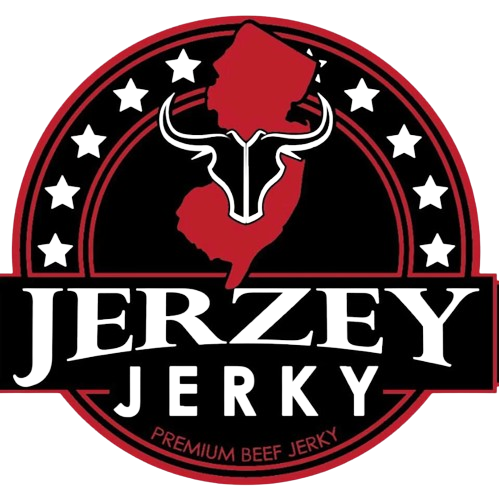
 2025-09-11
2025-09-11
 Wayne Holland
Wayne Holland

